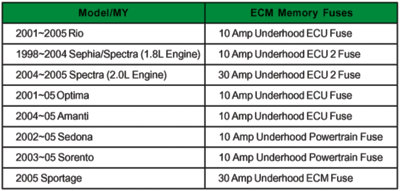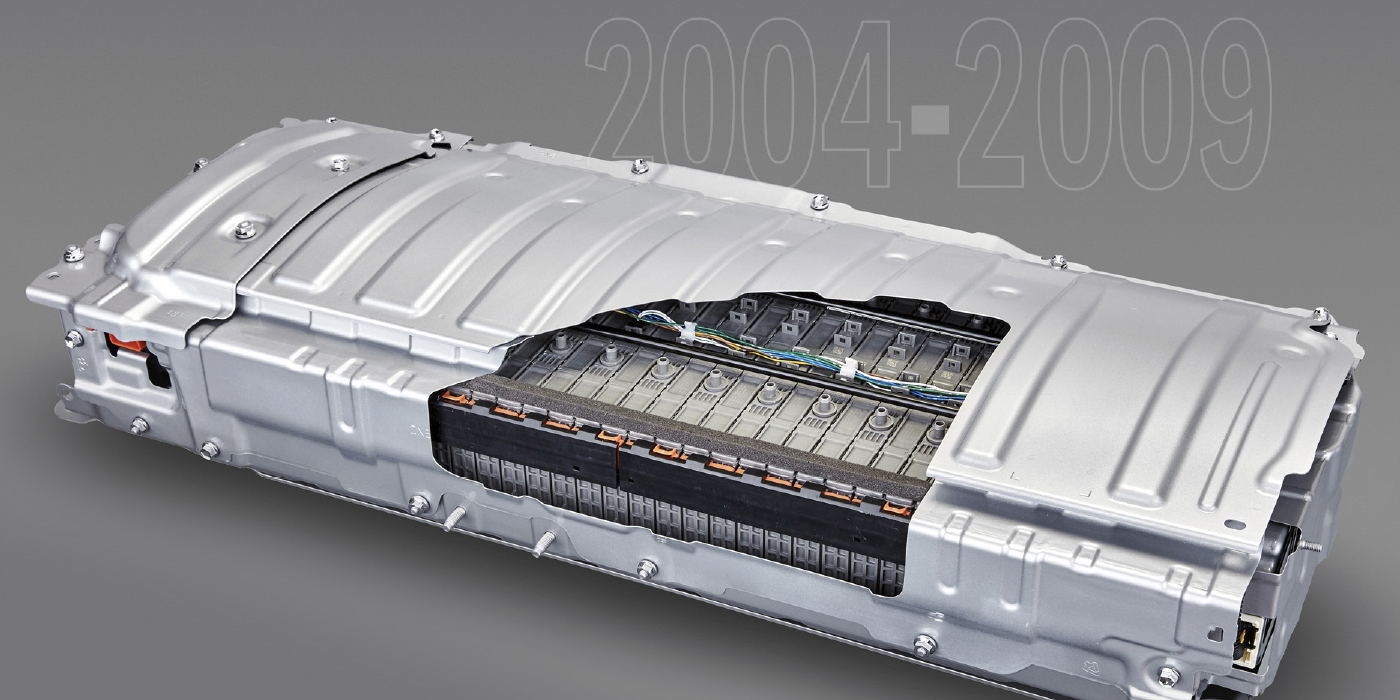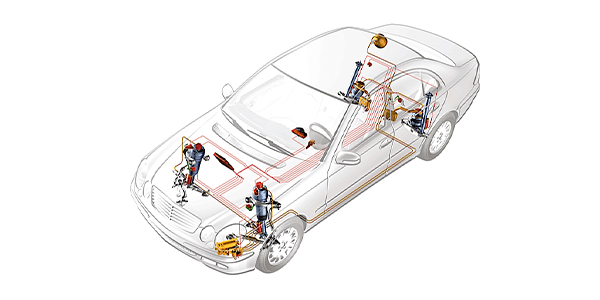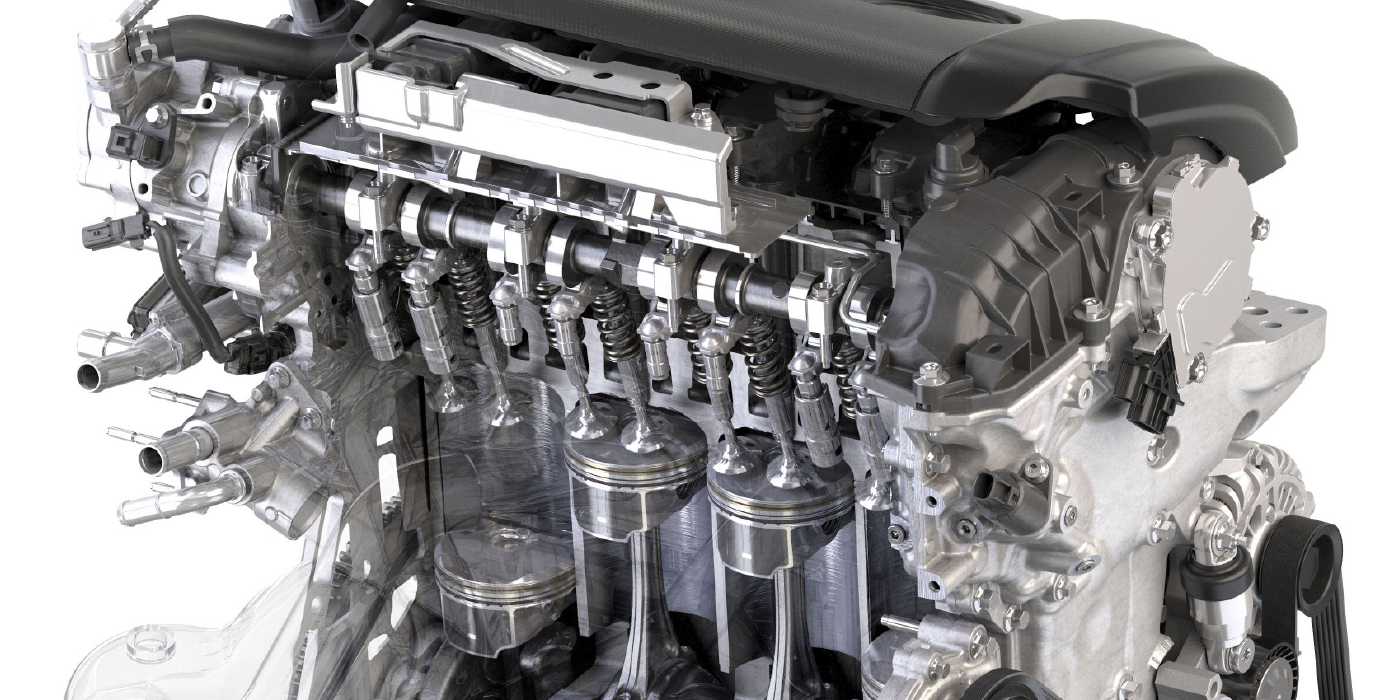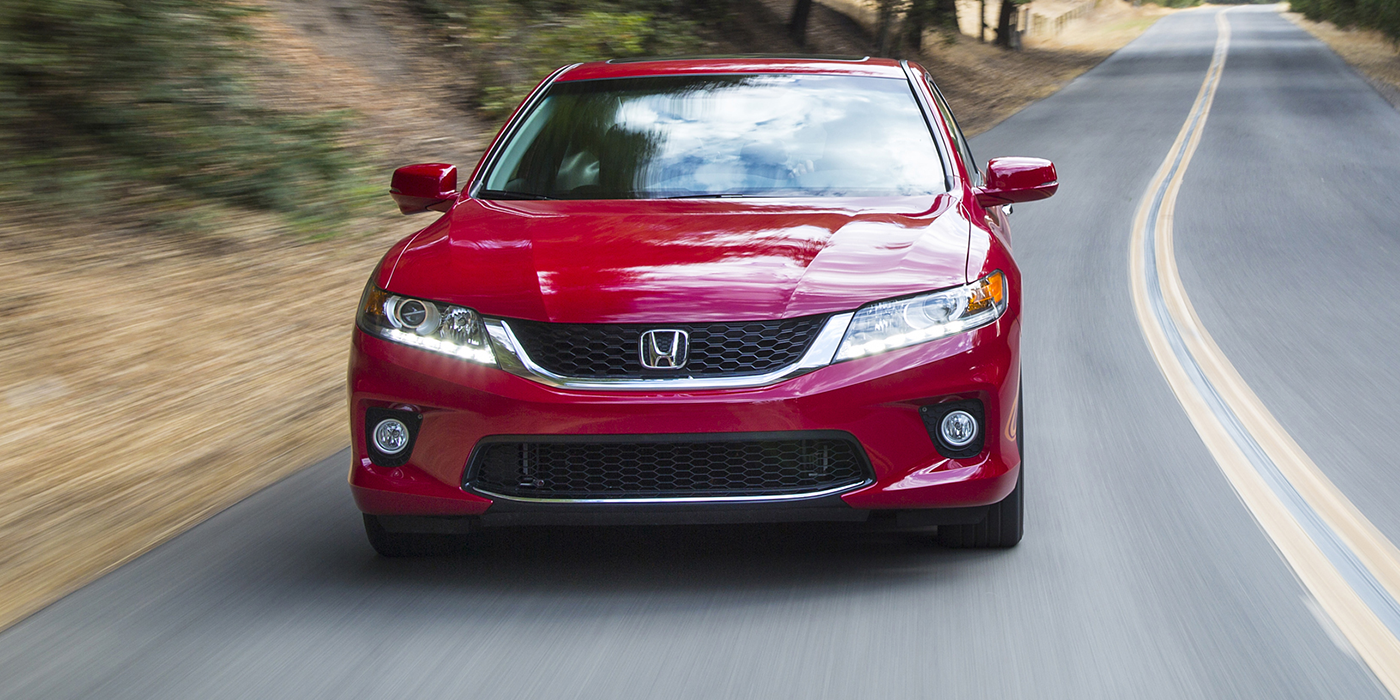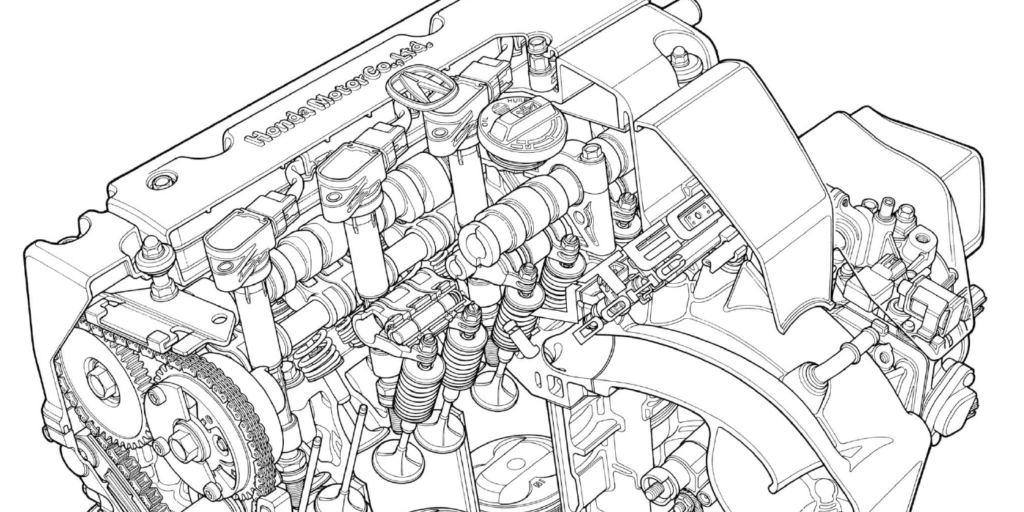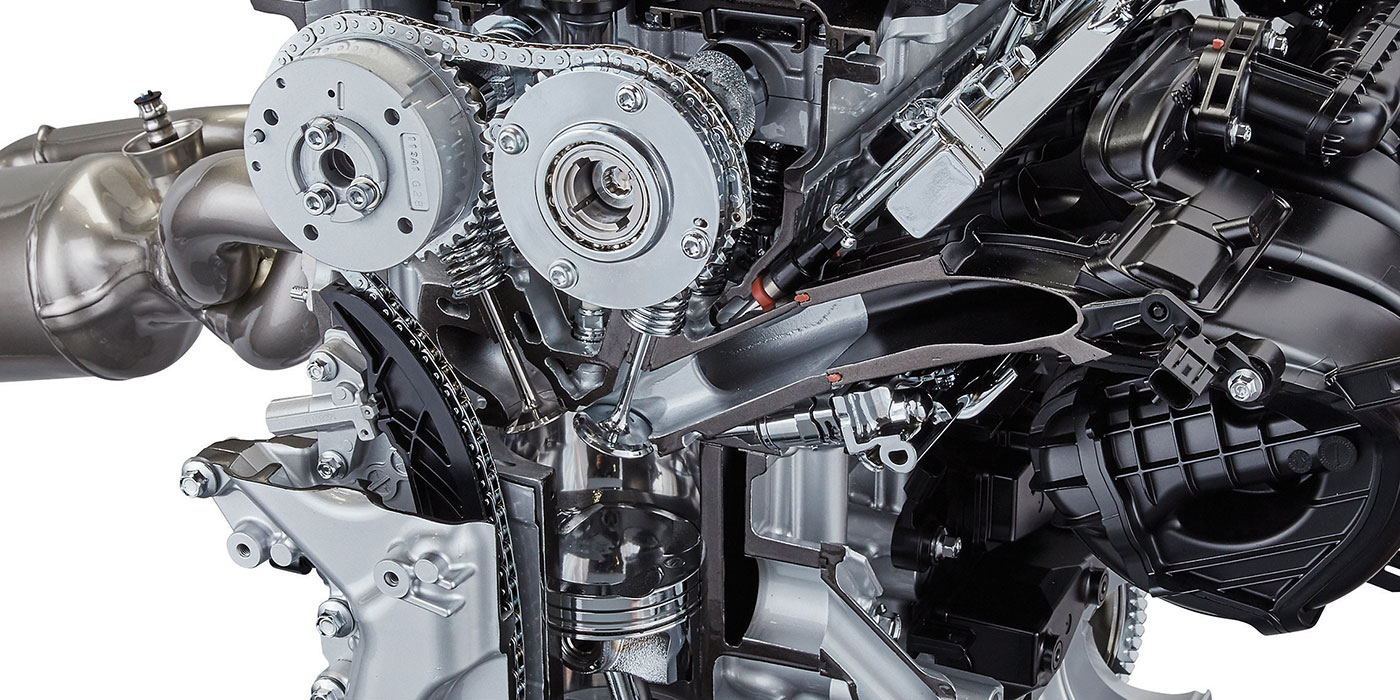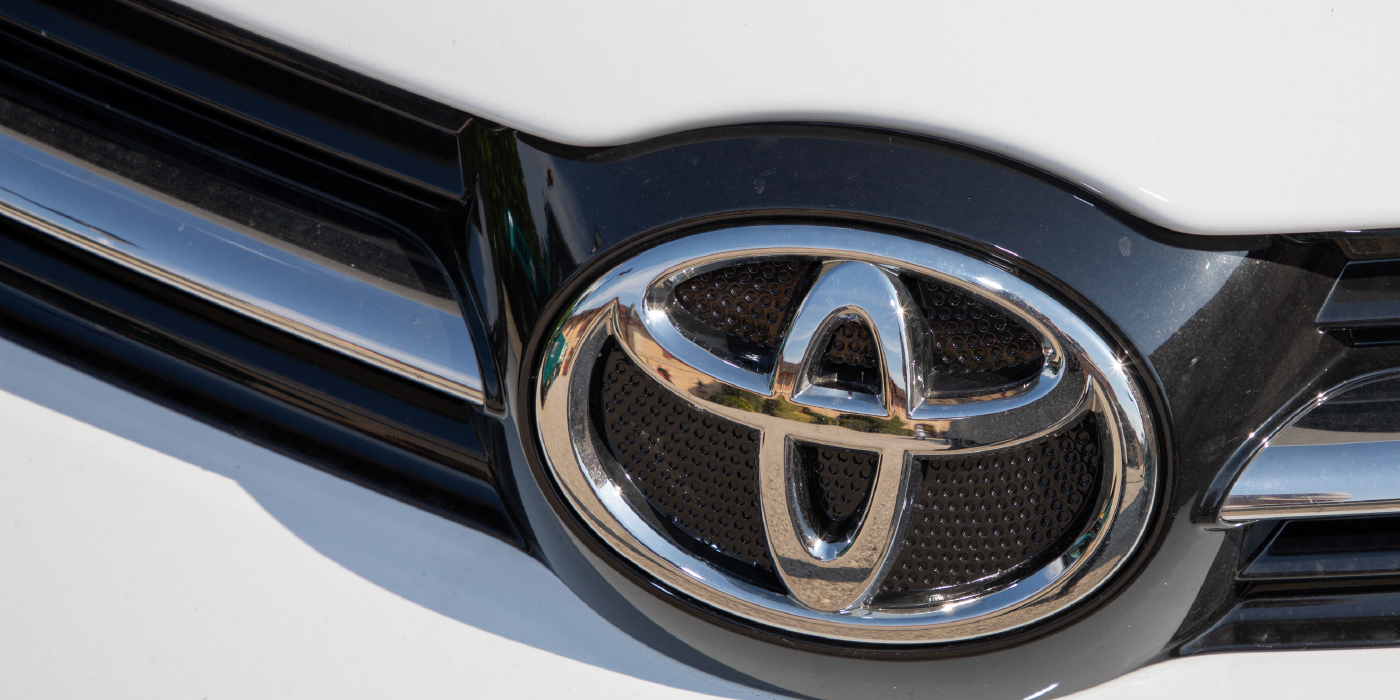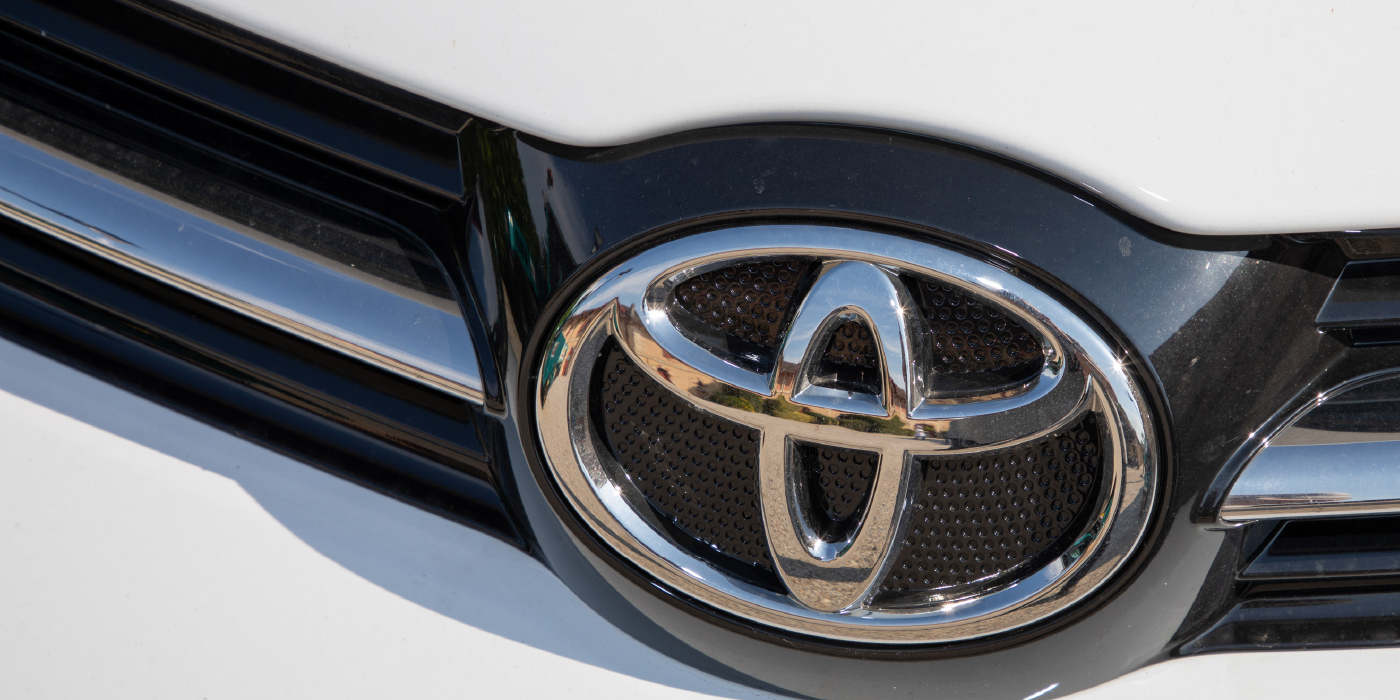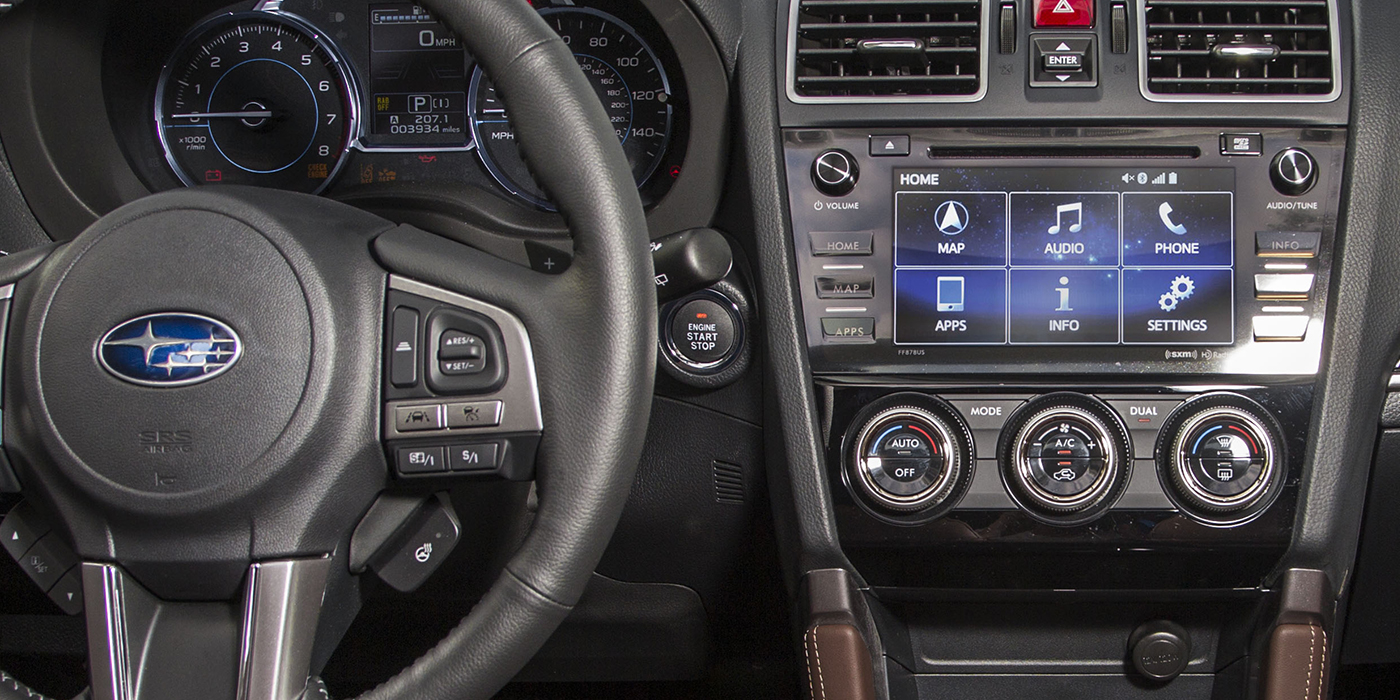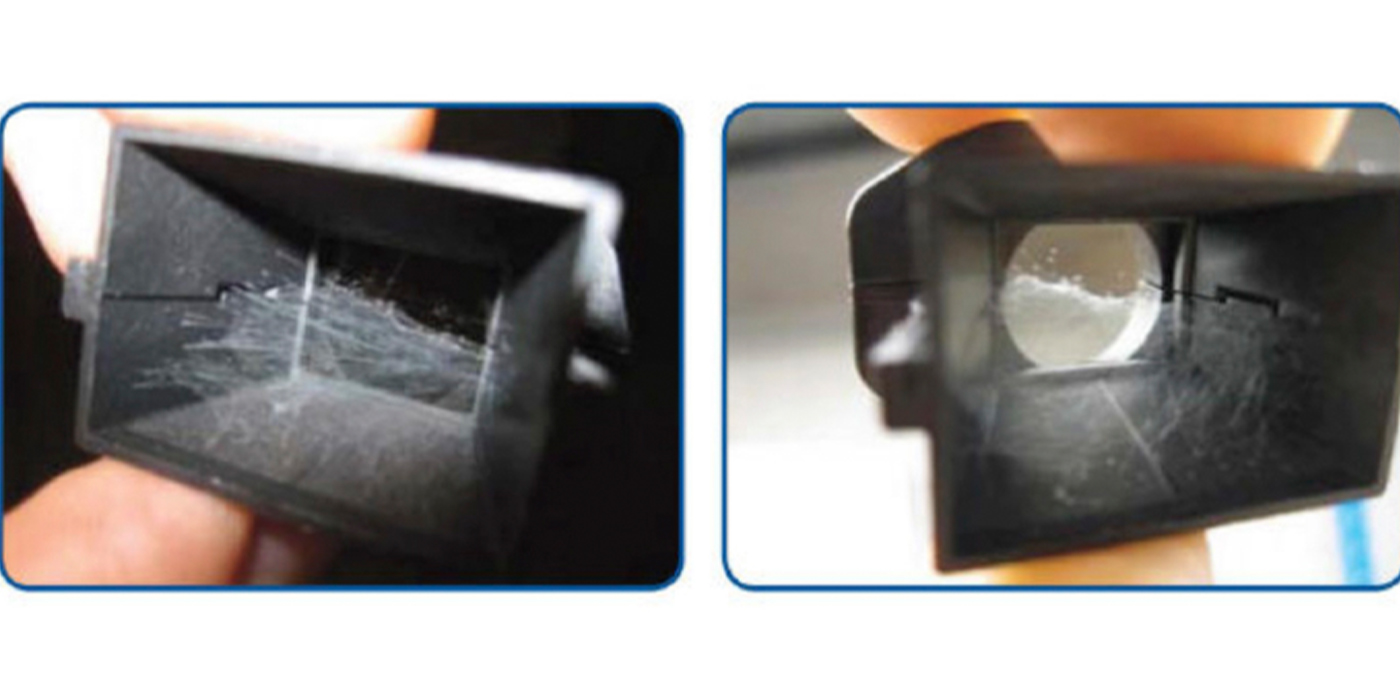Residue from fuel additives and/or carbon deposits that result from normal fuel combustion can accumulate on the throttle body and/or upper combustion chamber over time. Dirty throttle bodies can cause a variety of vehicle driveability concerns and may result in MIL illumination under certain circumstances. This tip relates to all Kia models.
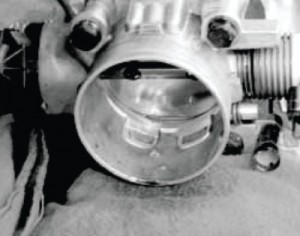
When the engine is started, the incoming air sometimes carries residue back to the throttle body and deposits it just behind the throttle plate because of the sudden drop in air pressure behind the plate.
When the engine is running, crankcase vapors enter through the PCV system and work their way into the intake system. These vapors carry with them residue that accumulates on the idle passages and throttle plate. This build-up eventually blocks the air gap between the throttle plate and throttle body bore, causing less airflow while the throttle plate is closed. Over time, the computer compensates for the reduced airflow with fuel trim adaptive logic adjustments, as it becomes more difficult for the computer to control the idle, especially when coming to a stop or when the throttle is “snapped.”
Do not replace the throttle body before the throttle plates are cleaned for any condition related to fuel trim values.
Throttle Body Cleaning Procedure:
1. Remove the intake duct hose that is connected to the throttle body.
Warning: Make sure the application straw is securely attached to the throttle plate cleaner nozzle. Failure to do so may result in a straw that has come off and is now stuck in the intake manifold assembly.
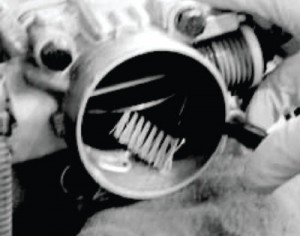 2.
2. Using throttle plate or equivalent cleaner, open the throttle to the Wide-Open-Throttle (WOT) position. Clean out the throttle body bore and throttle plate using a small soft metallic (brass) or stiff bristled brush as necessary.
3. After the cleaning is complete, reinstall the air intake duct hose. Be sure all throttle cables are routed correctly, then start the engine. The engine will run rough until all the throttle plate cleaner is burned off from the internal vacuum circuits. Shut engine off.
4. Remove the ECM memory fuse for 10 seconds and then re-install. This will reset the fuel trim adaptive values. Not all models use the scan tool to clear the adaptive fuel trim values.
Note: Removing the ECM memory fuse will not affect the loss of voltage to other control modules requiring the windows to be initialized, ETS, sunroof, overhead displays, radio station presets.
ECM memory fuses are as follows:
5. Road test the vehicle approximately 2-3 miles before returning the vehicle to the customer.
 When the engine is started, the incoming air sometimes carries residue back to the throttle body and deposits it just behind the throttle plate because of the sudden drop in air pressure behind the plate.
When the engine is started, the incoming air sometimes carries residue back to the throttle body and deposits it just behind the throttle plate because of the sudden drop in air pressure behind the plate. 2. Using throttle plate or equivalent cleaner, open the throttle to the Wide-Open-Throttle (WOT) position. Clean out the throttle body bore and throttle plate using a small soft metallic (brass) or stiff bristled brush as necessary.
2. Using throttle plate or equivalent cleaner, open the throttle to the Wide-Open-Throttle (WOT) position. Clean out the throttle body bore and throttle plate using a small soft metallic (brass) or stiff bristled brush as necessary.